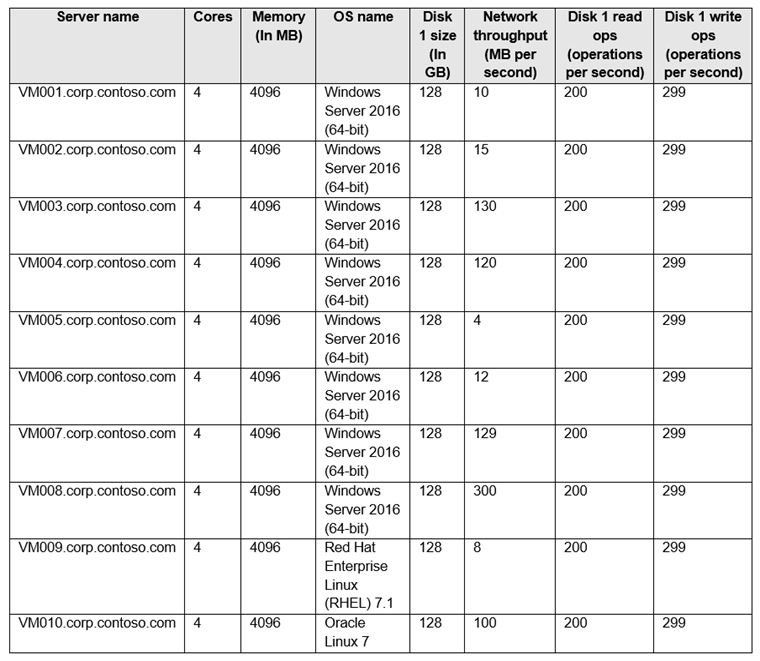You have an Azure Stack Hub integrated system that uses an Active Directory Federation Services (AD FS) identity provider and capacity-based billing.
You have a plan named Plan1 that has the following quota configurations for Microsoft.Compute:
✑ Maximum number of Availability Sets: 10
✑ Maximum number of virtual machines: 50
✑ Maximum number of virtual machine cores: 100
✑ Maximum number of virtual machine scale sets: 10
You link two offers named Offer1 and Offer2 to Plan1.
Two user subscriptions named Customer1 and Customer2 are created based on Offer1. A user subscription named Customer3 is created based on Offer2.
Customer1 receives a warning that it provisioned 50 virtual machines.
You need to ensure that Customer1 can provision an additional 25 virtual machines within its existing subscription. The solution must NOT affect the quotas of the other user subscriptions.
Which two actions should you perform? Each correct answer presents part of the solution.
NOTE: Each correct selection is worth one point.
